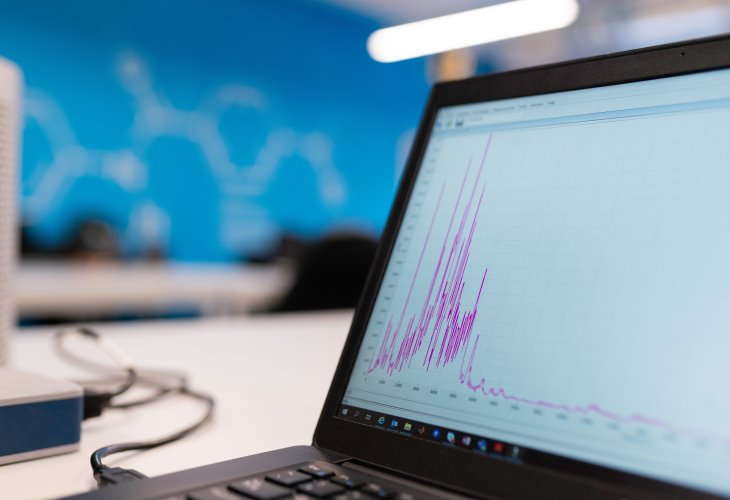When any software or app is made, it is vital to ensure that the project is bug and error-free; so that it performs well as per the requirements. Software testing is an essential phase when any bug or error is detected in the app. Your software development partner will provide software testing services prior to deploying the software for use.
There are certain organizations that outsource software testing professionals, if possible. They have experts who can search for defects and fix them in no time by following the proper stages of software testing. In this article, we will learn more about the essential stages to follow while implementing software testing. So, let us dive into the article.
What is Software Testing or Software Testing Life Cycle (STLC)?
STLC is a sequence or process of various tasks created to learn the software’s state and recommend the required improvements. STLC involves planning, strategizing, completing, and executing different test cycles.
Generally, QA testing occurs before releasing the product. These QA best practices ensure that digital products are accurate and there are no defects that affect the functions negatively. Nevertheless, as the complexity of the system increases or newer batches of apps are released, that is when STLC is brought into the limelight.
In complex projects, the development team no longer awaits until a product is developed fully. In the last few decades, many businesses have included STLC prior to and during different development phases to increase resources by implementing the following steps:
- Test-driven development
- Test automation
- Shift-right testing
- Shift-left testing
- Crowdtesting
Having a useful STLC can produce comprehensive and easier results than traditional testing processes. It is beneficial for businesses to make changes and bring user satisfaction to improve business revenue.

Six Essential Stages of Software Testing
STLC provides confidence in a software release. This process consists of a series of tasks for validation of the software design and execution. Each phase of the software testing life cycle is useful and has its own unique goals. These phases test and analyze the project and have their way to achieve good quality in the software’s performance. Likewise, each phase has its own deliverables and goals. Here are the sequential phases of the STLC:
- Analyzing the requirements
- Test plans
- Test case designing and development
- Test environment setup
- Executing the tests
- Closing the test cycle
Analyzing the Requirements
Analyzing and gathering software requirements that specify what the expectation of the business from the project is. Software requirements often have high-level architectural needs, business needs, etc. These requirements show how the functions will be supported and designed. System requirements have non-functional and functional specifications.
During this phase of STLC, testers work both, within teams and multifunctional, to investigate how to test the application or software. Software requirement analysis generally include some identification of blind spots, brainstorming sessions, and organizing specific assessments.
Test Plans
Test Planning is the second phase of the STLC. Test plans use insights found while analyzing the requirements, and turn that analysis into a well-structured QA strategy.
The leadership of a testing team decides the efforts and resources which will assess the software release. The final test planning documentation consists of information, for both testers and different departments, on how the test plan will work and keeps every member working on the same page. This plan is more helpful when other members, like developers writing hotfixes and performing unit testing, take part in bug removal and testing.
Test planning phase includes several pieces of information related to QA, such as objectives, scope, functional types, non-functional tests, and data for different test environments. Once these data are gathered, the test management team sets timelines for completing different works.
Test Case Designing and Development
After the test planning is done well, testers can now start to create and write comprehensive test cases. In this phase of STLC, the QA performers gather details of different structured tests including test data, which is needed to support those tests. While tests are important to validate the spots mentioned in the requirements, the testing team exerts their creativity in how to achieve that task.
When designing test cases, the tester’s only goal should be to authenticate functionalities within the scope and allotted time, importantly primary functionality. Moreover, test cases should be created simpler and easy to understand for other members as well. They should be distinctive from other test cases.
Developing a test case aims to get full coverage of the business requirements and whether the software is fulfilling those requirements or not. Additionally, creating repeatable and identifiable test cases is necessary; because as time passes, developers will update better functions in the software, and these tests will need to be run again.
Test cases also require timely maintenance to validate existing and new functionalities of the software. This step is necessary for all stages of STLC.
Once the test cases are built, the team leader has to review them. They can also update and review automated test cases in this phase of STLC. Finally, the testing team has to organize test cases into different suites and run them later.
Test Environment Setup
The test environment is nothing but a setup that provides a proper platform where the real testing of the software occurs. It is an essential phase of the STLC and requires assistance from team members of the firm. Testing experts should have access to bug-reporting potential, and app architecture for supporting the software. Without access, testers cannot do their jobs accurately.
Once everything is ready, testers can establish the measures for setting up the test environment. It includes software, hardware, frameworks, test data, network, and configurations, etc. In this step of STLC, testers adjust these environment measures based on the required test cases. For instance, the users of the app can be using different browsers, accessing the project from a mobile or the web, etc., and parameters should be included.
Including smoke tests inside these test environments can provide an early check of whether the software is ready for comprehensive testing or not. These tests are an important part of deliverables in the STLC phase.

Executing the Tests
Another phase of the STLC is executing the decided tests. It is now time to fully test the software. In this stage of STLC, testers can execute all test cases, or maximum test cases that are possible to execute within the streamline. QA experts along with automated scripts generate many non-functional and functional tests.
In this step, testers generally identify and make a detailed document of the bugs that can come up from executing test cases. As developers fix, testers now retest the project to ensure no new or other defects are occurring.
Closing the Test Cycle
The last STLC step is the closure of the test cycle. In this phase, testers provide a final test closing report which includes communications and summaries of bugs and other work of the team. This report is the summary of the tests conducted, the results, and the assessment of the tests with the manager’s approval.
In this phase, the tester team verifies the deliverables, which have details regarding the testing work, such as the test case docs, test strategy, automated test scripts, test results, etc. The team will close and finish incident reports that cover unexpected behavior observed by the testing team.
Finally, these six steps are the essential stages of software testing that have to be followed for qualitative software testing services. By following these phases, QA and testing experts can easily find and solve bugs, errors, or any other problems occurring in the project.
Closing words
Finally, when testers take action according to the STLC phases mentioned in this article, they can find the errors easily. Additionally, they can create a detailed report of the test cases along with the results and present them in front of the developer to be solved. These stages of STLC are important to follow for making it easy for the software testing team to test the project quickly and efficiently. For more such informative articles, you can stay tuned with us. Happy reading!









